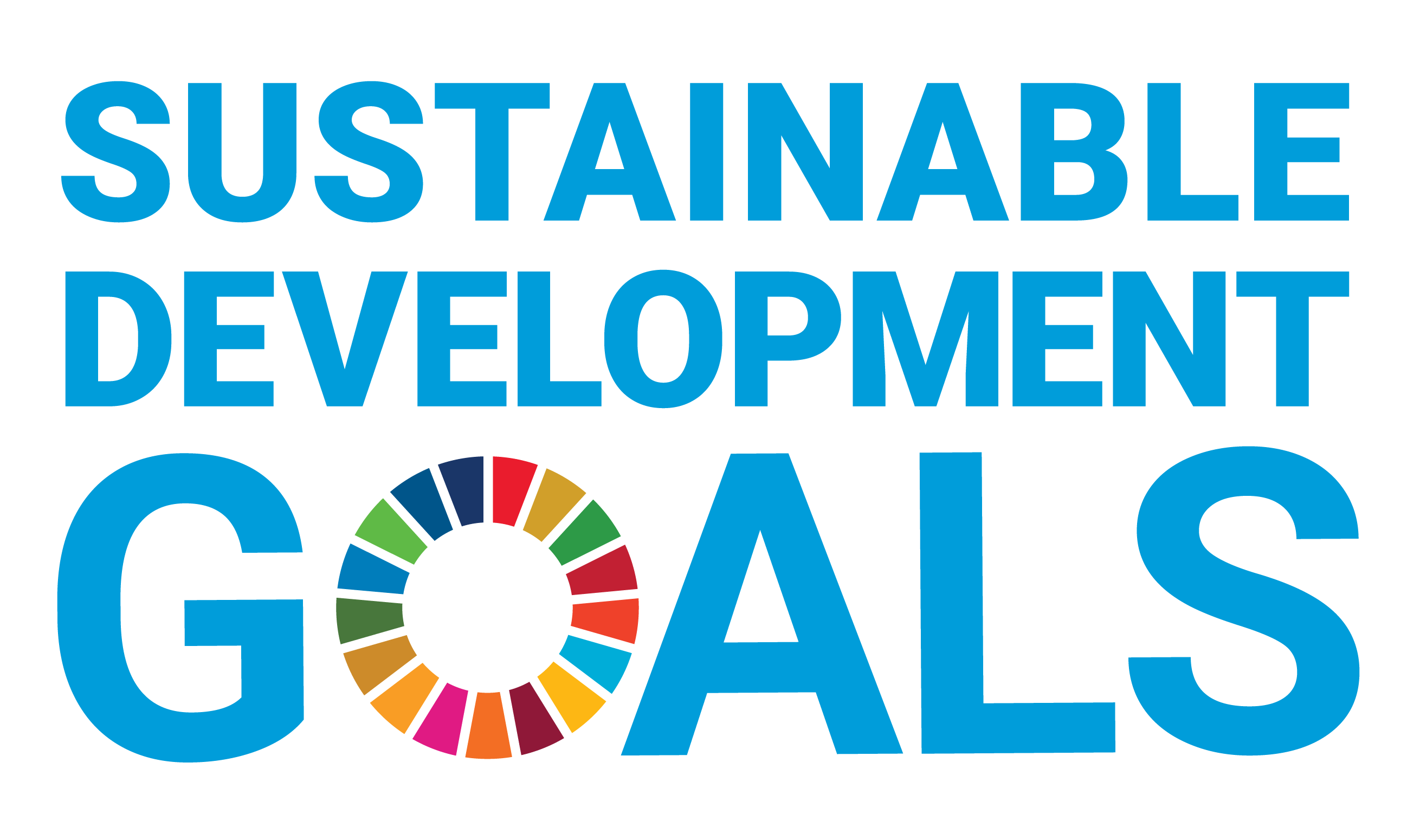Physical Services Index for Flooding Hazards
Document Type
Book Chapter
Publication Date
3-18-2022
Abstract
Most hazard assessments focus on the magnitude and probability of occurrence of the trigger events. Although useful, they overlook the influence of the natural and built environments in either modifying the magnitude of the trigger event or setting off a cascade of ancillary hazards. This chapter presents a Physical Services Index (PSI) to account for the twofold role of physical urban services in compounding flooding hazards and as an indicator of preexisting development gaps, which can constitute hazards themselves. Using Metro Manila, the Philippines, as a pilot case, a system-dynamics platform simulates trends in the PSI. The results show that, for Metro Manila, the effects of population growth on the PSI can be mitigated by reducing land conversion into built-up areas. They likewise reveal that limiting flood volume as a flood-management measure no longer suffices. Governance institutions will need to address large deficits in urban services to prevent the cascading of flooding hazards and to improve health outcomes and wellbeing. More broadly, these results demonstrate that development-oriented investments, such as improving urban services, are potentially more effective at enhancing resilience to flooding, even though they are not explicitly hazard related.
Highlights
- Cascading hazards are a prevalent but understudied class of multihazards.
- A Physical Services Index (PSI) tracks urban services and their impacts on flood hazards.
- For Metro Manila, less urbanization can offset PSI impacts of population growth.
- Addressing flood hazards requires investments beyond flood-control infrastructures.
- Resilience investments can be more cost-effective with development co-benefits.
Recommended Citation
Gotangco, C.K., & Josol, J.C. (2022). Physical Services Index for flooding hazards. In A.N. Martins, G., Lizarralde, T. Egbelakin, L. Hobeica, J.M. Mendes & A. Hobeica (Eds.), Investing in Disaster Risk Reduction for Resilience: Design, Methods and Knowledge in the face of Climate Change (pp. 101-121). Elsevier. https://doi.org/10.1016/C2018-0-02373-7



